Revolutionizing Furniture Waste Collection: Sustainable Practices for a Greener Tomorrow
In a world increasingly focused on sustainability, revolutionizing furniture waste collection has become a pressing necessity. As we witness an alarming rise in landfill waste, particularly from discarded furniture, it is crucial to implement innovative practices that contribute to a greener tomorrow. This article delves into effective strategies for enhancing furniture waste collection, emphasizing the importance of recycling, upcycling, and responsible disposal methods.
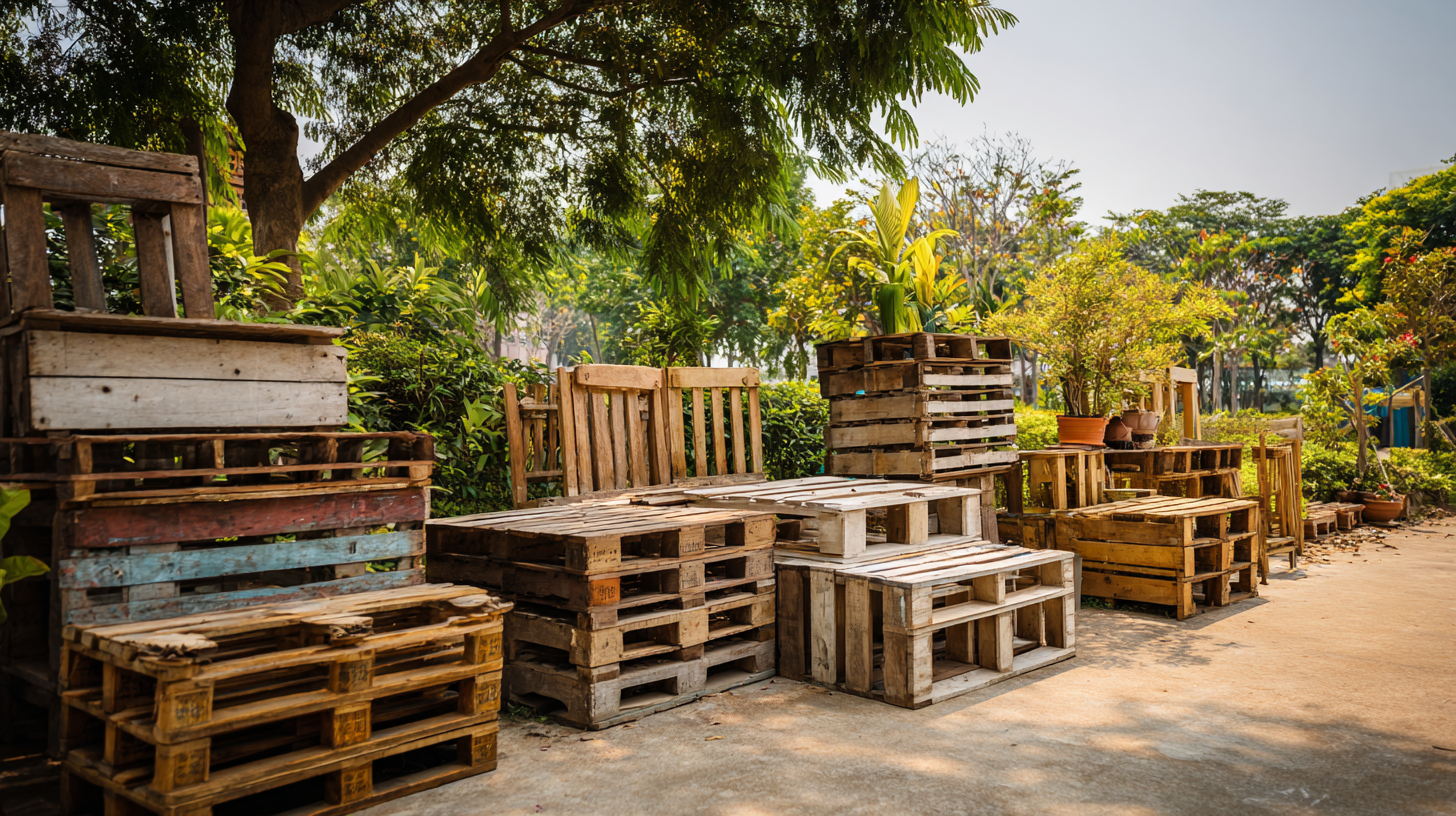
By adopting eco-friendly approaches and fostering community engagement, we can significantly reduce the environmental impact of furniture disposal and promote a circular economy. Through these sustainable practices, individuals and businesses alike are empowered to play a pivotal role in transforming furniture waste collection into an opportunity for positive change, ultimately leading the way to a more sustainable future.
How to Implement a Circular Economy in Furniture Waste Management
Implementing a circular economy in furniture waste management is crucial for promoting sustainability and reducing environmental impact. A circular economy focuses on maintaining resources in use for as long as possible, minimizing waste through strategies like reuse, recycling, and refurbishing. Businesses and consumers alike can contribute to this model by prioritizing the lifecycle of furniture products. When purchasing furniture, consider items made from sustainable materials, and think about their potential for repair or repurposing.
Tips: Before discarding old furniture, explore options for donation or resale. Many organizations will accept gently used items, giving them a second life. Additionally, look for local recycling initiatives that specialize in furniture materials, ensuring that wood, metal, and upholstery are handled sustainably.
As more companies embrace this approach, innovative waste collection practices are emerging. For instance, businesses can implement take-back programs, allowing consumers to return unwanted items for refurbishment or recycling. Establishing partnerships with local artisans and recyclers can foster a community-based approach to furniture waste, encouraging a collective responsibility towards sustainable practices in furniture management.
Strategies for Reducing Furniture Waste through Upcycling and Recycling
Furniture waste is a significant contributor to landfill overflow, and innovative strategies like upcycling and recycling are key to addressing this issue. Upcycling—a creative approach to transforming discarded furniture into new products—can significantly reduce waste while adding unique flair to home decor. By repurposing materials, individuals and businesses can minimize their ecological footprint while fostering a culture of sustainability.
In addition to upcycling, effective recycling practices can help dismantle old furniture, separating materials such as wood, metal, and upholstery for reuse. This not only conserves resources but also lessens the demand for new materials, leading to a more sustainable production cycle. Communities can enhance these efforts through local initiatives, providing collection services for furniture waste that prioritize recycling and upcycling. Collectively, these strategies empower individuals and businesses to contribute to a greener tomorrow, ensuring that furniture waste is not merely discarded but reimagined and revitalized.
Best Practices for Collecting and Sorting Furniture Waste Efficiently
Efficient collection and sorting of furniture waste is crucial for promoting sustainability in our communities. By adopting best practices, we can reduce landfill waste and enable the recycling of valuable materials. First, establishing designated drop-off points for unwanted furniture can streamline the collection process. These points should be easily accessible and well-promoted to encourage participation from the community.
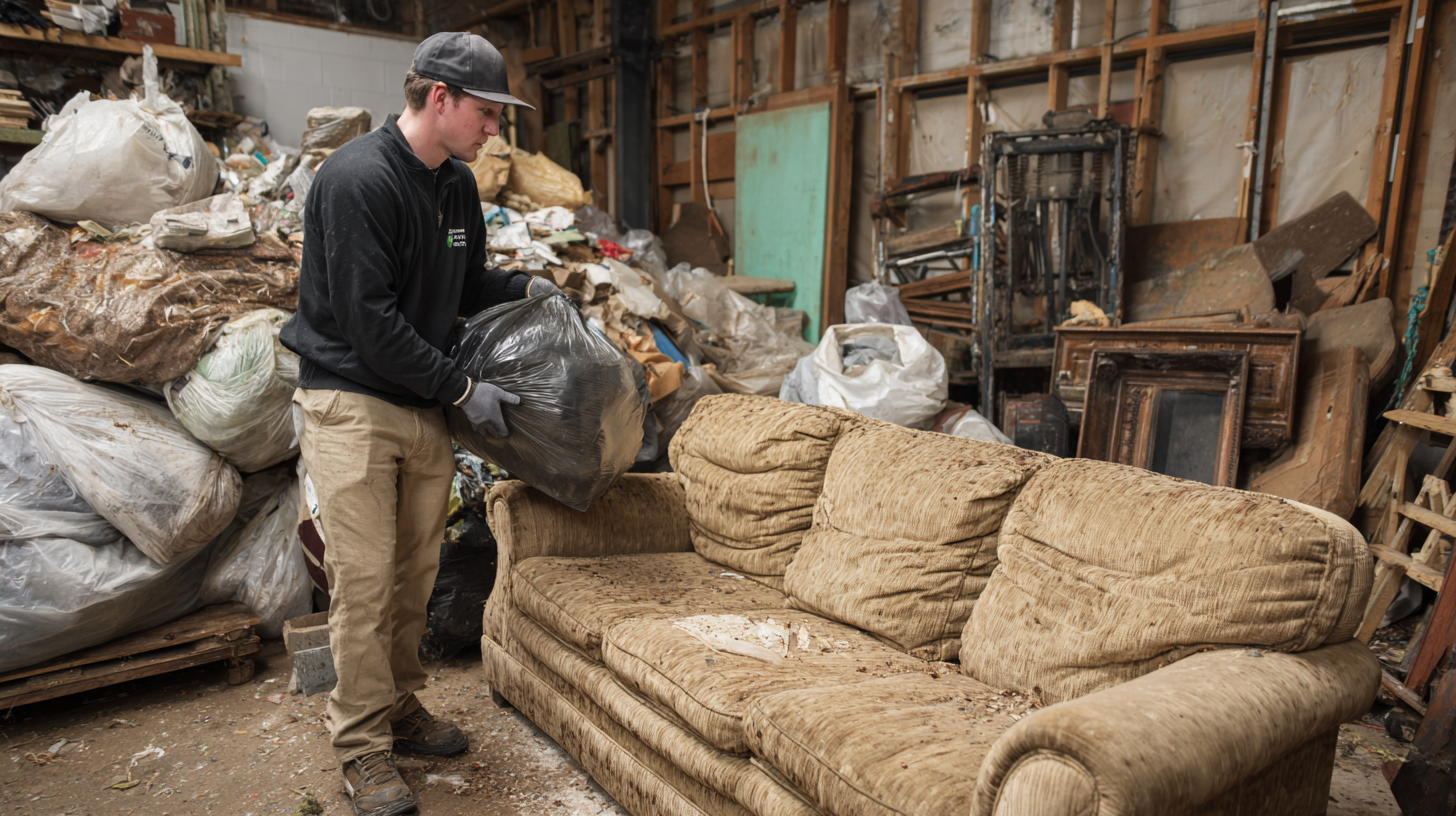
Tips: Consider organizing regular furniture collection events in collaboration with local charities and recycling companies. This not only helps declutter homes but also ensures that usable items are redirected to those in need or recycled properly.
Additionally, implementing a sorting system at collection sites can facilitate the recycling process. Categorizing items based on material—such as wood, metal, and upholstery—makes it easier to process and recycle these materials efficiently.
Tips: Train volunteers or staff at collection points to handle sorting effectively, and provide clear signage to guide donors on how to separate items properly. Utilizing technology, such as mobile apps that provide information on recycling guidelines, can also enhance community engagement and participation.
Engaging Communities in Sustainable Furniture Disposal Initiatives
Communities play a pivotal role in sustainable furniture disposal initiatives, transforming the way we approach furniture waste collection. By engaging local residents through informative workshops and community events, we empower individuals to make responsible decisions regarding their unwanted furniture. Educational programs can highlight the environmental impacts of improper disposal and illuminate alternative methods such as recycling, upcycling, and donating usable items to those in need. Such initiatives foster a sense of stewardship, encouraging community members to actively participate in sustainable practices.
Moreover, partnerships with local organizations can enhance these initiatives, providing residents with accessible drop-off locations and collection services. Collaborating with non-profits and recycling centers can create a network that not only facilitates furniture donation but also promotes sustainable management of waste. Through social media campaigns and local outreach, communities can raise awareness about the importance of furniture recycling, making it a collective priority. This cooperative spirit not only minimizes waste but also strengthens community ties, as residents come together to contribute toward a greener and more sustainable future.
Revolutionizing Furniture Waste Collection: Sustainable Practices for a Greener Tomorrow
| Community Engagement Initiative | Description | Impact (Metric) | Results (Year) |
|---|---|---|---|
| Local Furniture Recycling Drives | Organized events for residents to drop off unwanted furniture for recycling. | 500 tons of furniture recycled | 2023 |
| Awareness Campaigns | Educational programs about sustainable furniture disposal methods. | 8,000 community members engaged | 2023 |
| Partnership with Local Charities | Collecting usable furniture for donation. | 1,200 items donated | 2023 |
| Upcycling Workshops | Workshops teaching residents to upcycle furniture. | 200 participants | 2023 |
Innovative Technologies for Tracking and Managing Furniture Waste Collection
As urbanization continues to rise, furniture waste has become a pressing environmental concern. Innovative technologies are emerging to revolutionize the tracking and management of furniture waste collection, addressing the need for more sustainable practices in waste disposal. Advanced software solutions leverage data analytics and IoT devices to monitor furniture disposal paths in real-time. This enables waste management companies to optimize collection routes, reducing fuel consumption and carbon emissions while ensuring timely pickups.
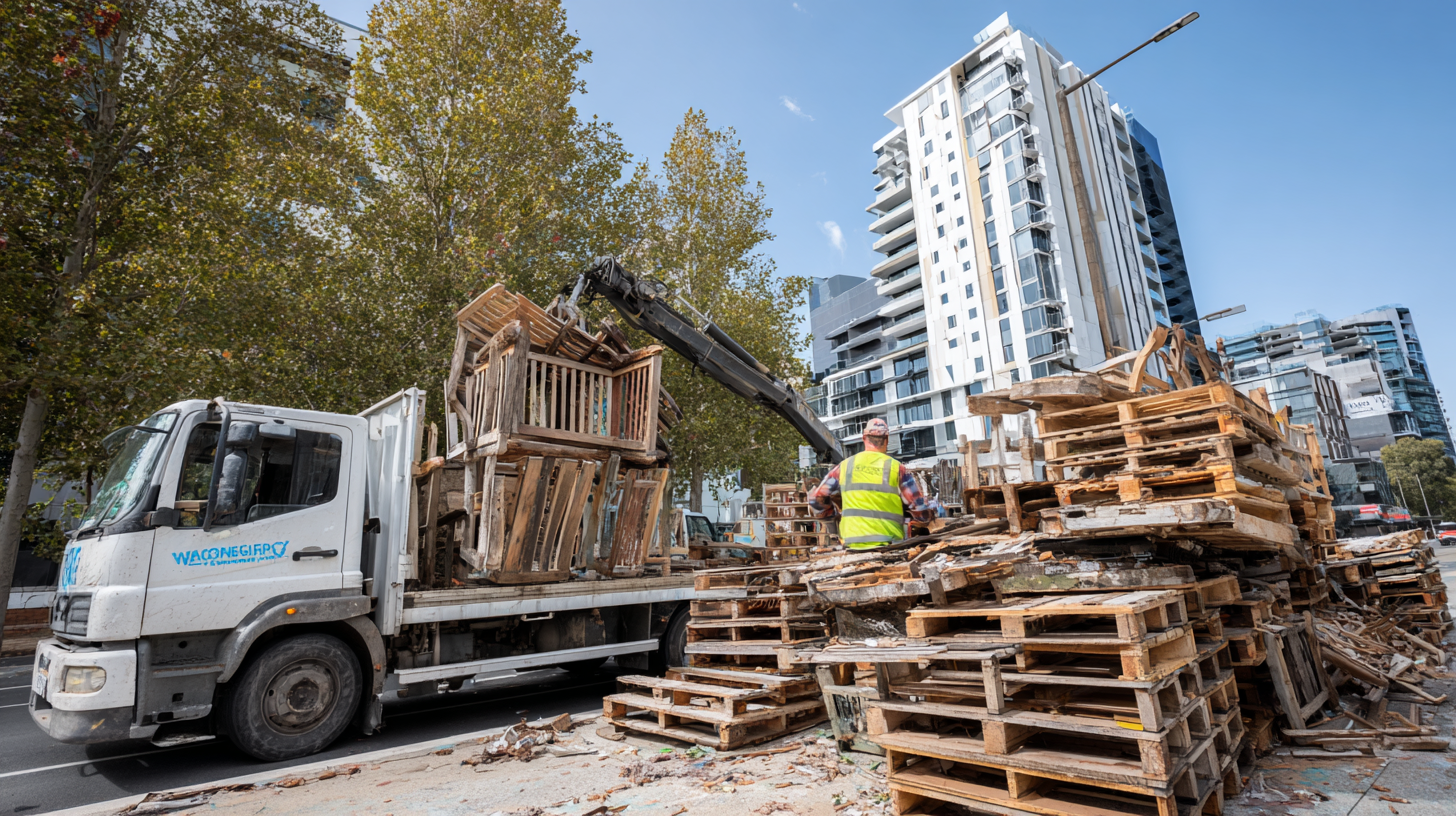
Moreover, the integration of mobile applications allows consumers to schedule pickups and track the progress of their furniture waste. These apps can provide users with information about donation or recycling options, encouraging a circular economy approach where reusable items are diverted from landfills. By utilizing technology, stakeholders can enhance transparency and efficiency in furniture waste management, fostering community engagement and promoting environmentally friendly behaviors among residents. This shift not only contributes to a greener tomorrow but also sets a precedent for the future of waste management practices.
Related Posts
-
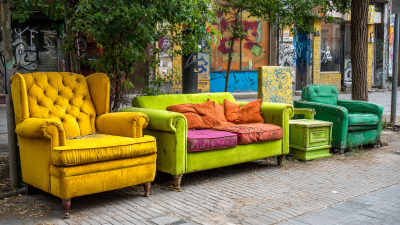
Eco Friendly Furniture Waste Collection Tips for Sustainable Living
-

Understanding the Benefits of Green Recycling for a Sustainable Future
-

How to Transform Recycled Plastic Bottles into Sustainable Home Decor
-

Exploring the Innovative World of Gerecycled Plastic and Its Impact on Sustainable Living
-
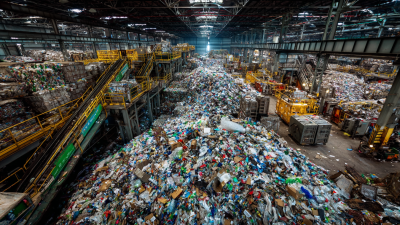
Revolutionizing Waste Recycling: Innovative Technologies Shaping a Sustainable Future
-

Unlocking the Future: Innovative Uses of Recycled Plastic Materials in Everyday Products
